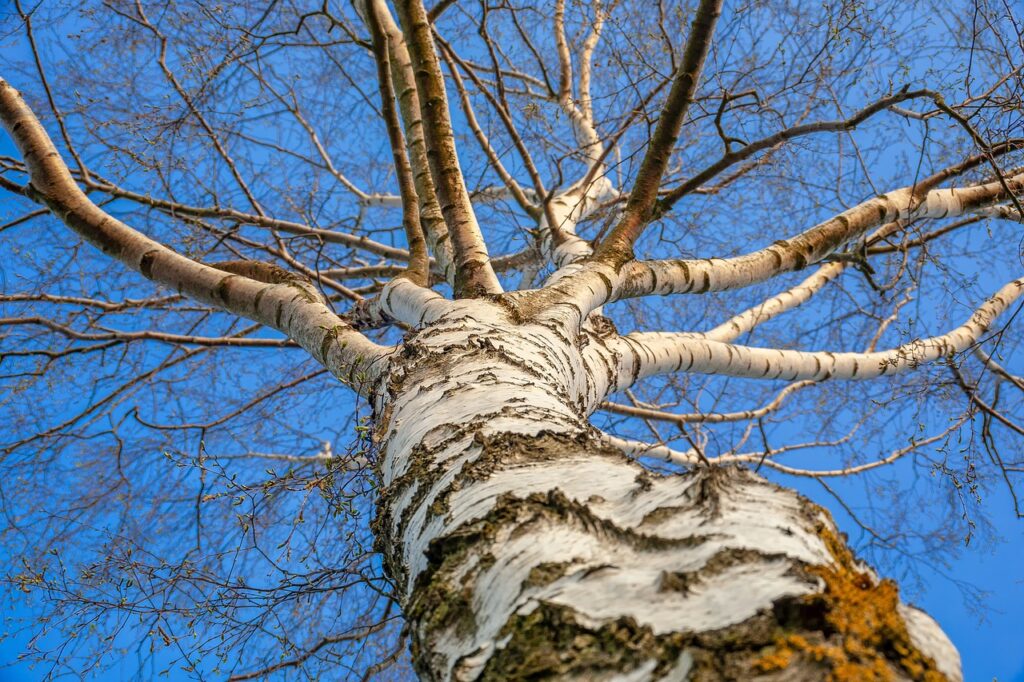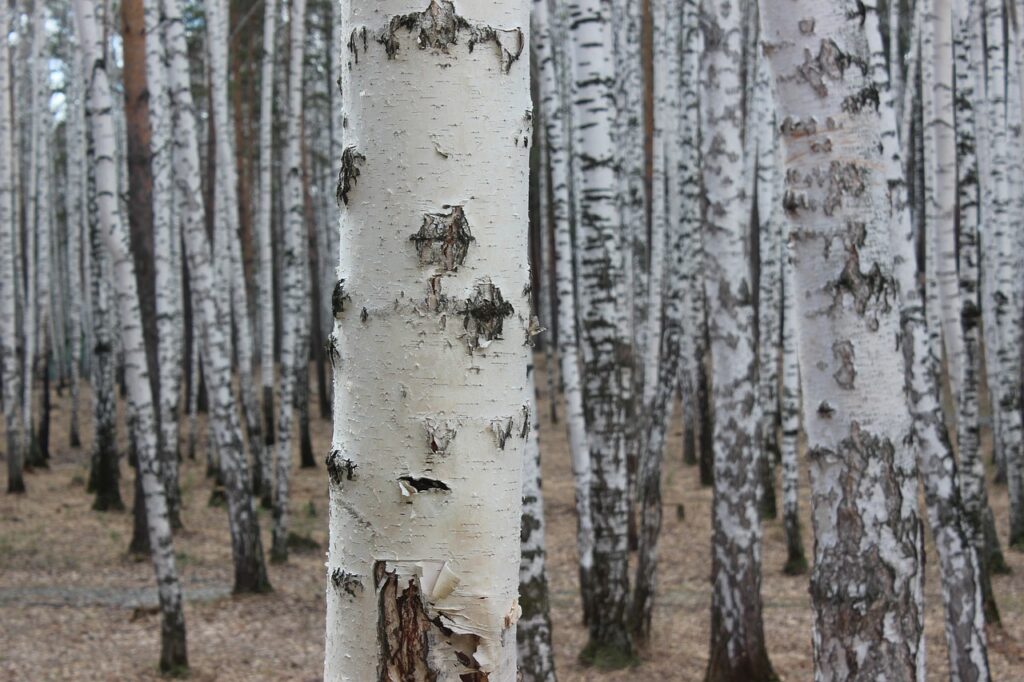Tactics
No Lease, No Problem: Why Squirrel Hunting Is the Ultimate DIY Hunt
July 18, 2025 •Larry Case
In the world of outdoor recreation, there exists a sweet and rewarding tradition: birch tree tapping. This age-old practice involves extracting sap from birch trees, a process rooted in both indigenous cultures and contemporary eco-conscious movements. Let’s delve into the fascinating world of birch tree tapping, exploring its history, methods, uses, and ecological significance; plus, we also highlight an Alaskan iSportsman location that’s great for tapping.
Birch tree tapping traces its origins back centuries, with evidence of its practice found in various cultures across the globe. Indigenous peoples of North America, Scandinavia, and Russia have long utilized birch trees for their sap, recognizing its nutritional and medicinal properties. Birch sap served as a source of nutrients during early spring, replenishing vital minerals after the harsh winter months.
Beyond its practical uses, birch tapping holds cultural significance. In indigenous communities, the birch tree often symbolizes resilience, renewal, and connection to the land. Rituals and ceremonies surrounding birch tapping highlight the deep reverence for nature and the understanding of its cycles.

The process of birch tree tapping involves extracting sap from the tree without causing permanent damage. While it may seem straightforward, proper technique is crucial to ensure the tree’s health and longevity. Here’s a simplified overview of the birch tapping process:
For a more detailed review of how to tap a birch tree, read this article from the University of Alaska Fairbanks Cooperative Extension Service.
Birch sap boasts a myriad of uses, ranging from culinary delights to wellness products. Fresh birch sap has a subtly sweet taste with hints of earthiness, making it a refreshing beverage when consumed straight from the tree. Some enthusiasts enjoy it as a natural alternative to sugary drinks or as a base for cocktails and syrups.
Moreover, birch sap serves as a valuable ingredient in traditional medicine and skincare products. Rich in vitamins, minerals, and antioxidants, it is believed to possess detoxifying, anti-inflammatory, and hydrating properties. From herbal teas to rejuvenating facial toners, birch sap has found its way into various health and beauty formulations.

While birch tapping offers numerous benefits, it’s essential to approach the practice with environmental stewardship in mind. Responsible tapping practices prioritize the health and sustainability of birch tree populations. Here are some key considerations:
Plan your trip to USAG Alaska here.
Birch tree tapping exemplifies the relationship between humans and nature; by respecting the ecological principles behind birch tapping, enthusiasts can participate while ensuring the preservation of birch tree ecosystems for generations.